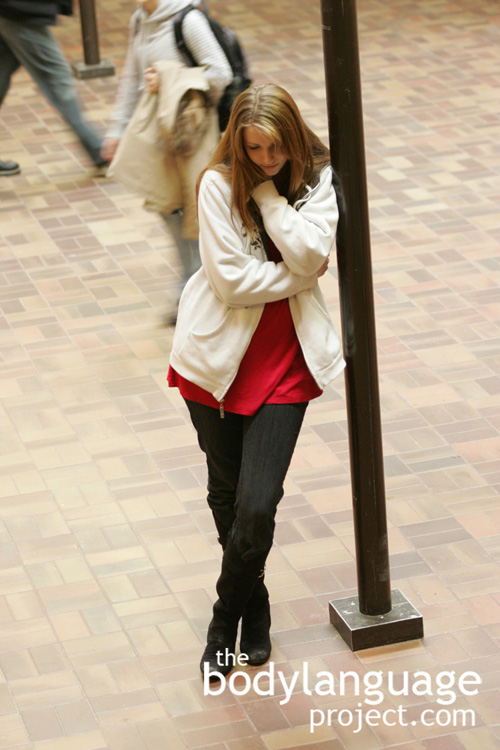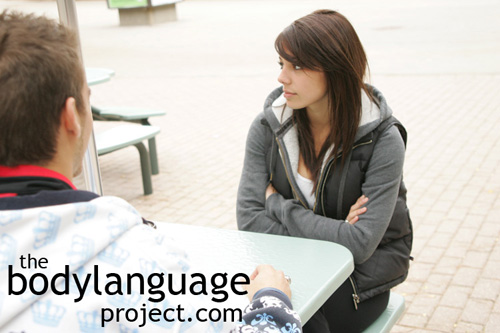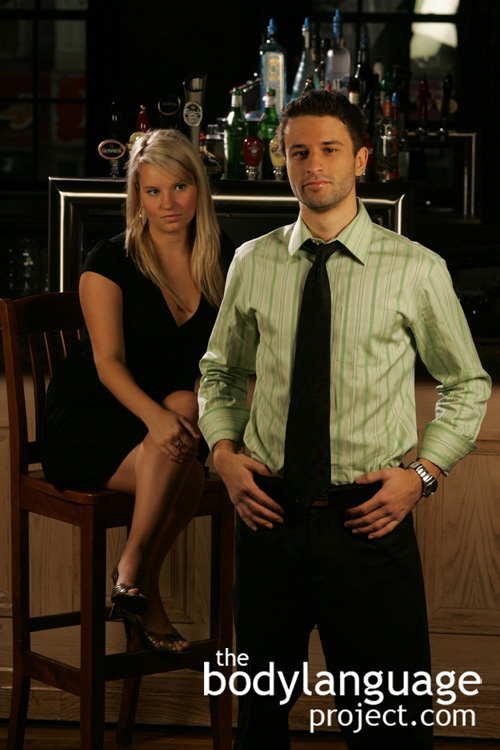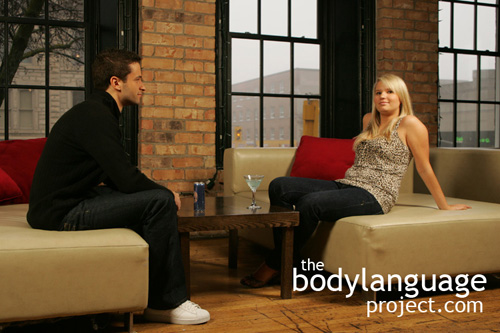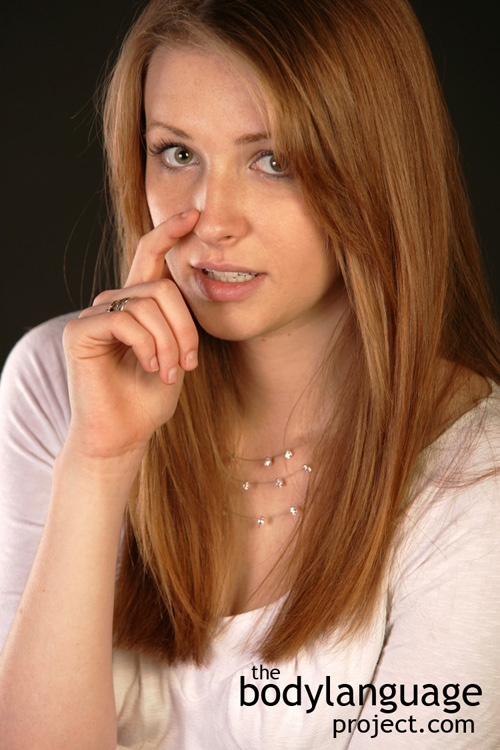The word congruence, as it relates to body language, refers to the degree to which body language cues in a person matches one another in terms of their meaning. If, for example, one is speaking honestly with the palms up (an honest gesture) we can say that the body language and verbal language are congruent. That is, honest words match up with honest body language. A child with their hands in their pockets (dishonest gesture) speaking about how they didn’t steal a cookie is incongruent since their body language does not match their verbal language.
We regularly place more importance on what words are used rather than how others gestures in their delivery, but this is a mistake. When we don’t have congruency and the verbal language doesn’t match the nonverbal gestures we should always place more importance on the nonverbal channel. Credence should almost always be given to nonverbal language over spoken words since the research tells us that it is often more accurate. When people plan lies they often rehearse the sentences and in what sequence they will deliver them, but they often ignore or disregard gestures that will accompany them. While we monitor our spoken words, our unconsciousness can leak unwanted information through our bodies. However, even if people were consciously aware that their body language gave them away, they would not know what to do since most people are completely unaware of the meaning their body conveys.
Politicians can leak information through congruency and this can give them away, although most politicians today are quite learned in body language. We should be suspicious of politicians, however, when they have their arms tightly folded against their chest while saying that they are open to change or to a door-to-door salesman that swears his life on a product but wipes downward with his hand as if to clear the lie. Another example is the cheating husband who tries to pass off a late meeting and then pulls at his neck tie, collar or scratch his neck indicating stress.
Sometimes however, knowledge about body language just comes off as less expressiveness. The body language thus tends to be much more controlled and subdued because it’s much easier to eliminate body language altogether then it is to add honest body language. However, even reduced expressiveness helps us read people because a relaxed and natural politician is more likely to be telling the truth. Therefore, even reserved body language can be a ‘tell’ to those who are in tune. Congruency therefore, is very important because it is a clear comparison between two communication channels, the verbal and nonverbal. When words are mismatched against the body language, we can be sure something dishonest is at play and these hints should instigate us, at minimum, to pay closer attention.



